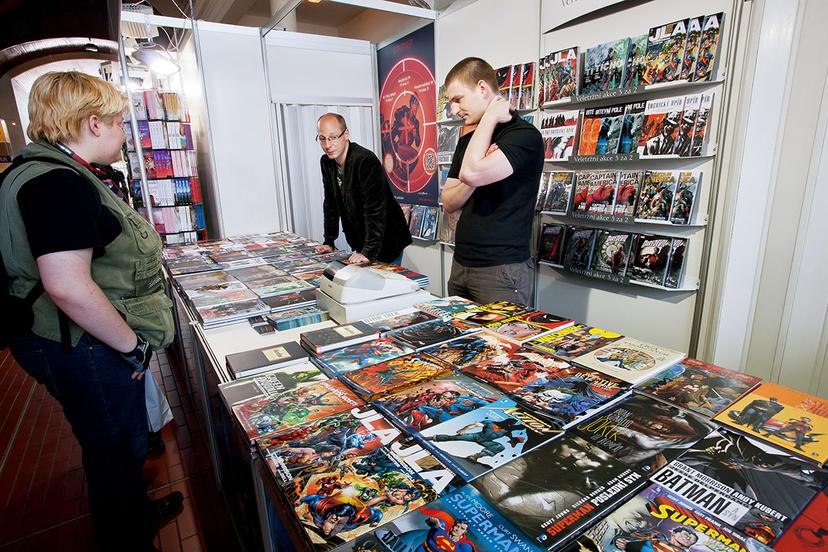Comic Books and Graphic Novels

Overview
Comic books began as light-hearted entertainments for children, but they have become a medium that achieves a wide variety of artistic effects and that appeals to people of all ages. The publications originally were comic in that they were humorous and satiric, but as the medium caught on, it was used to tell other kinds of stories: mystery, Westerns, romance, horror, biography, science fiction, and war heroism. The archetypal figure of the superhero, although it owes a lot to mythical characters such as Hercules, entered the modern imagination through comic books.
Comic books have been used in educational settings to communicate with reluctant readers but also have spun off a subgenre, the graphic novel, that strives for the depth and complexity of literature. Some work in the field has attracted the interest and investments of serious art collectors.
Like other publishing industries, this one consists of three major components: the creative team, the production team, and the distribution network. The creative team consists mainly of writers, artists, and editors. The production team handles printing or, for digital platforms, rendition of the image files in an appropriate format. The distribution network includes market researchers, advertisers, sales workers, the distributors who deliver the printed products to comics stores and bookshops, and the Web sites where digital comic books can be purchased for download.
According to estimates by Comichron and ICv2, North American comic book sales reached a high of nearly $1.1 billion in 2018. The total, which included periodical comic books, graphic novels, and digital comics, reflected an increase of $80 million over the previous year. Graphic novel sales totaled $636 million in 2018, followed by comic books ($360 million), and digital comics ($100 million).
A small but intense market exists for vintage comic books. Historic first editions, such as the issue of Action Comics that...
